So, you’ve finally decided on the tiles you want to use in your latest renovation project, bought them, got your grout and adhesive, and are all ready to start the installation. You’ve got everything in hand, yeah? Well, before you crack on read this as we’re about to take a closer look at some of the most common floor tiling mistakes DIYers make so you can ensure you avoid them…
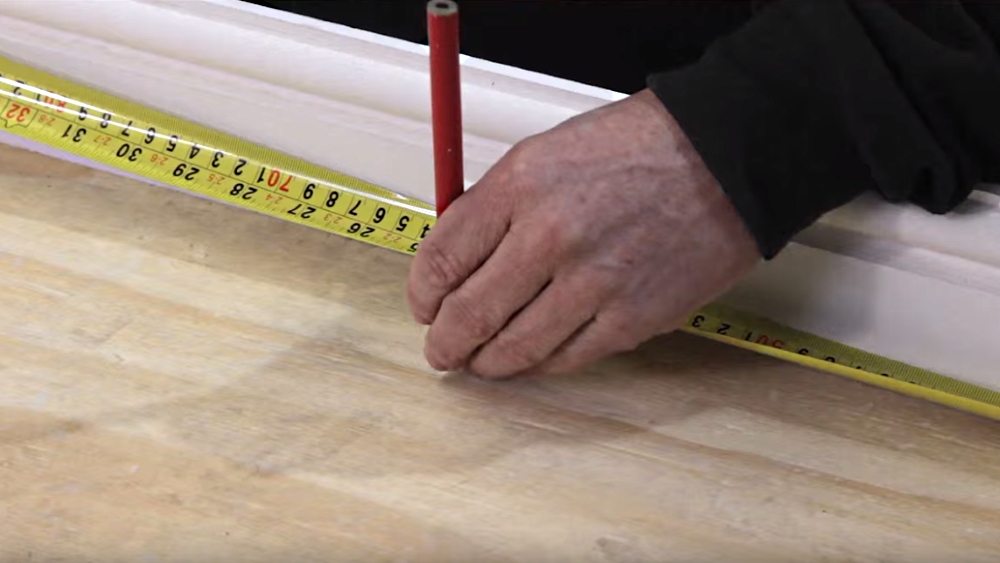
Measuring Out Incorrectly
Measuring the room you’re about to tile correctly is imperative for a number of reasons, the main one being getting the quantity of tiles you need to order right. Take care not to mix measurement units and always measure, then measure again to be 100% sure. To calculate the square footage of a rectangular or square area; measuring the length and width of your area then multiply those two numbers together.
If your room is irregularly shaped, split it into square or rectangular sections, find the square meterage of each, then add them together for your total. Once you’re certain you have the correct measurements you can order enough tiles (including an extra quantity for wastage). For more information about correctly setting out your floor tiles, watch this rather informative video.
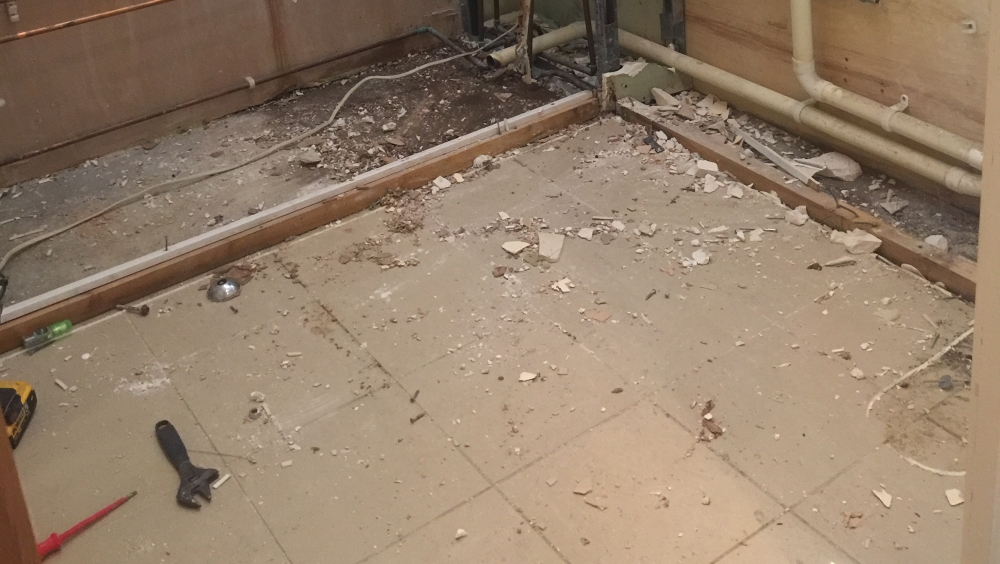
Wrong Substrate
It’s pretty obvious to most that you can’t just go and install tiles on to just any old surface but you’d be amazed at how many people don’t check that the substrate they’re laying tiles onto is suitable before ploughing ahead. The golden rule when installing tiles is install on a concrete floor where possible and always ensure it’s level by applying a levelling compound beforehand – watch this video to find out exactly how.
Similarly, if laying onto floorboards or other substrate, you should always check that the subfloor is strong enough to support the weight of the tiles without sagging – in almost all cases you will need to put down either a 6mm or 12mm backerboard to tile on to. Check out our range of cementboards and insulation boards to find the right one for you.
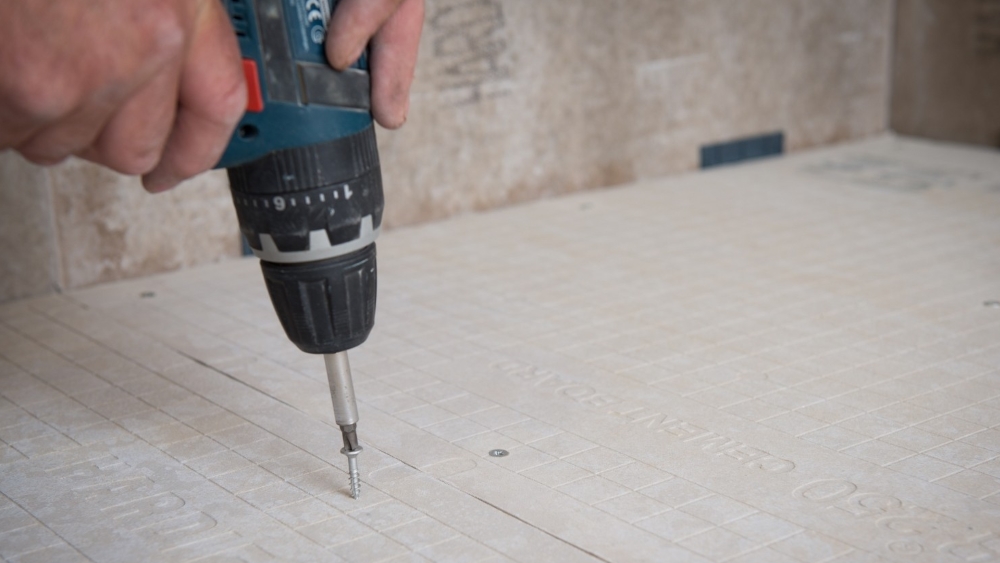
Lack Of Backerboard
We’ve covered just how important the substrate you tile on to is above, but it’s even more important if you’re tiling an area that is exposed to direct water. Cement -based backerboards not only provide the rigidity you need in order to support the tiles but they also prevent water ingress (this is very bad for your tiles and will eventually see your tiles lifting from the floor). Gypsum-based backerboards are a good option when tiling damp areas whereas places subjected to constant, direct water such as wetrooms will benefit greatly from water-resistant cement boards such as HardieBacker® or AQUAPANEL®.
When installing backerboards in wet areas, always follow the manufacturers instructions and ensure that you have adequately protected board junctions and expansion joints with suitable waterproof tape. Whilst this type of installation will generally be fine for most domestic applications, you can make absolutely certain that no water ingress will occur by using a completely waterproof (not water resistant) backerboard such as Norcros Proboard, with waterproof tape over the joints and screw fixings.
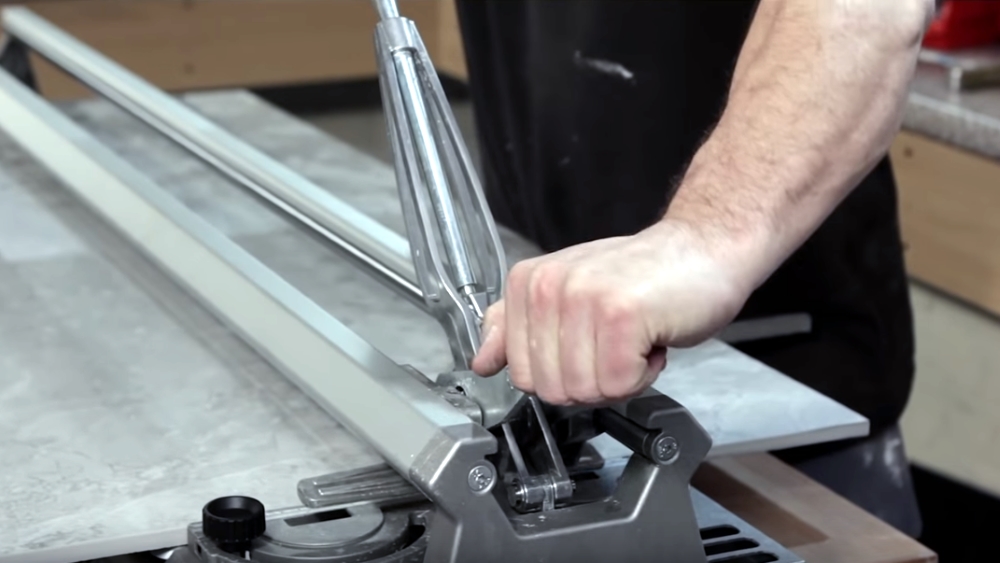
Cracking Tiles When Cutting
There’s no two ways about it – not preparing properly in terms of correctly measuring out and planning cuts, combined with using inadequate or the wrong equipment for cutting tiles will result in a lot of cracked and unusable tiles. And a lot of unusable and cracked tiles means a lot of wasted money and time. Wet-Wheel cutters are by far the most effective tools for cutting tiles as their blades are abrasive as opposed to toothed.
Smaller cuts can be achieved with score and snap style cutters but with either method, it’s imperative that you mark the cut up with a chinagraph pencil beforehand and remember that ‘slow and steady wins the race’ i.e. don’t put too much pressure on and take your time. Drilling through tiles without cracking them is a whole different ball game – you can find out how to do it effectively in this handy guide.
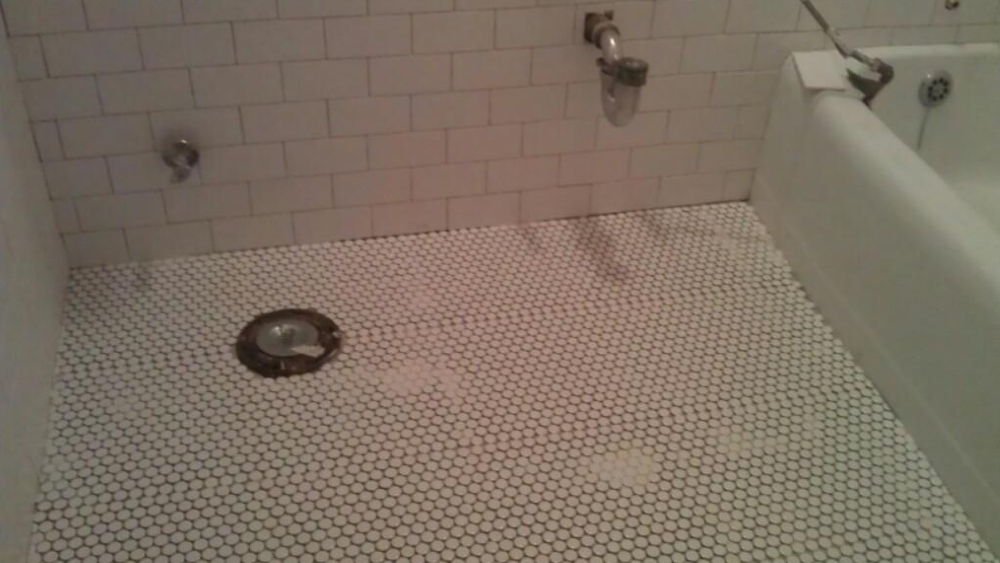
Getting Your Grouting Wrong
Using the wrong grout for the type of tile you’re installing or making a hash of the grouting itself is a surefire way of ruining the finish of any floor tiling project. As floor tiles are predominantly porcelain and subject to lots of foot traffic you should always opt for a powder-based flexible grout such as Mapei Ultracolor. This type of grout is flexible so will cope with any slight movement between the tiles and substrate and it’s also water-repellent with anti-mould properties, making it a great choice for bathrooms and kitchens.
Incorrectly mixing grout is also a big cause of problems when it comes to installing floor tiles. You should always follow the manufacturer’s instructions when mixing and aim for a peanut butter-like consistency. Using a mechanical mixing paddle can introduce air bubbles that will weaken the strength of the grout when set, so it’s always best to hand mix using a trowel. It’s also a good idea to let the grout rest for a few minutes before applying and make sure that you wash off any grout residue as you go as it can be difficult to remove once it’s set. Learn how to grout effectively by watching this video.
After reading that lot you’ll now hopefully be aware of the most common floor tiling pitfalls and be better paced to avoid them. If you’re looking for further tips and advice on floor tiling though, be sure to check out the Floor Tiling section of our Help Centre, or failing that, you can always give our helpful customer services guys a call on 01782 223822 for some free, impartial advice.
You might also enjoy these posts on the Tile Mountain blog…
Dean heads up the content team here at Tile Mountain, commissioning, editing and sometimes even writing some of the incredibly useful and entertaining content we bring to you on a regular basis. With a background in consumer journalism and a raft of content marketing experience gained from working with huge brands spanning mobile tech and automotive, right through to professional sports and lifestyle sectors, he knows a thing or two about creating content that people love to engage with. Dean also holds the mantle of being our resident grammar pedant, but when he’s not getting angry about dangling participles he spends his spare time going to gigs, watching his beloved Stoke City FC, and adding to his collection of deadstock adidas trainers.
